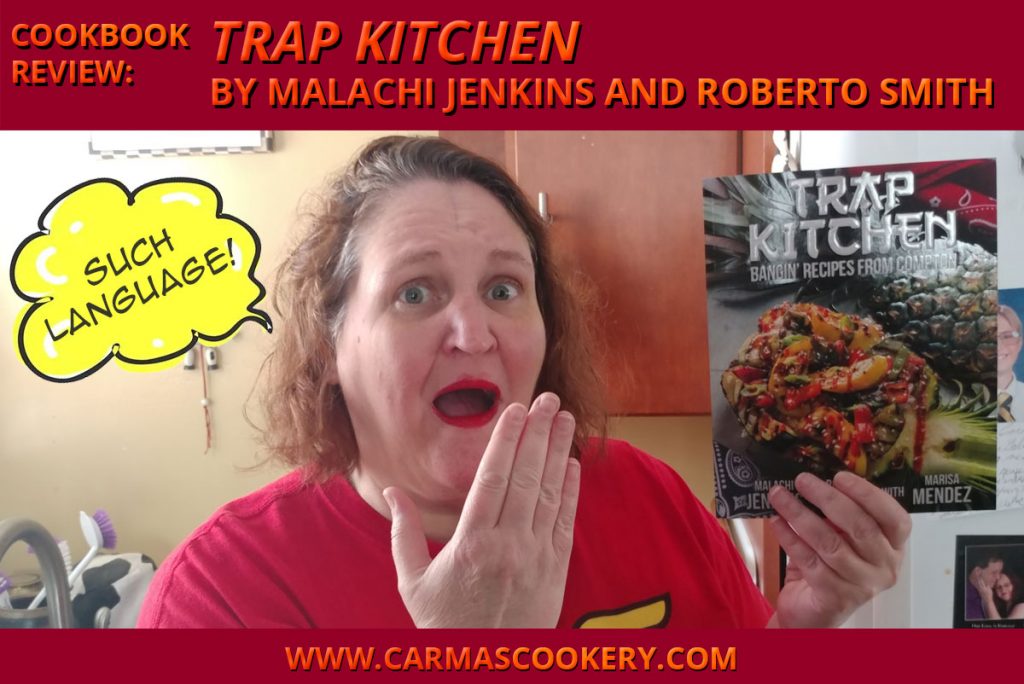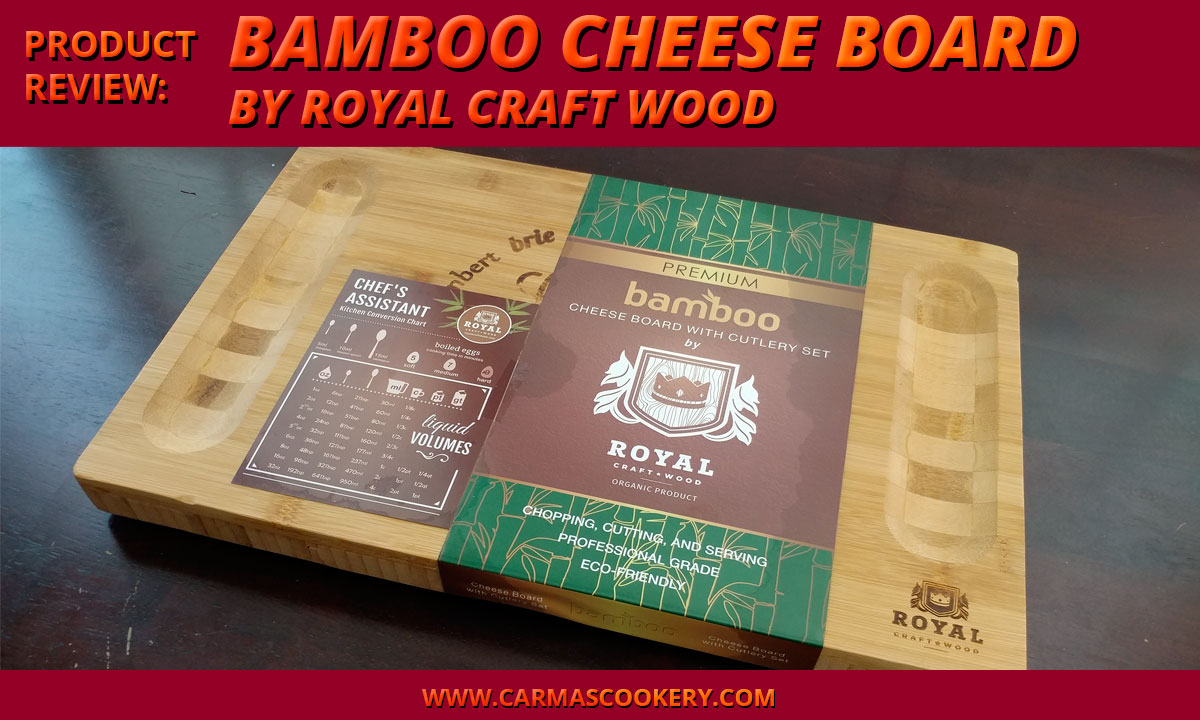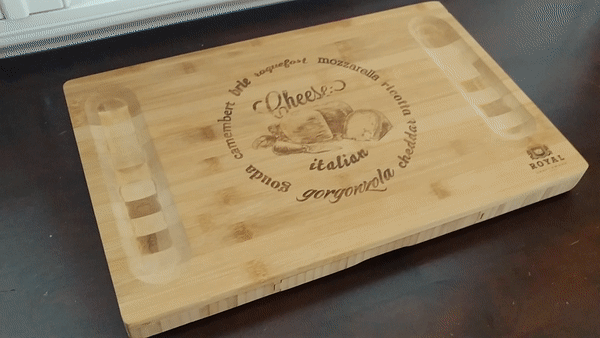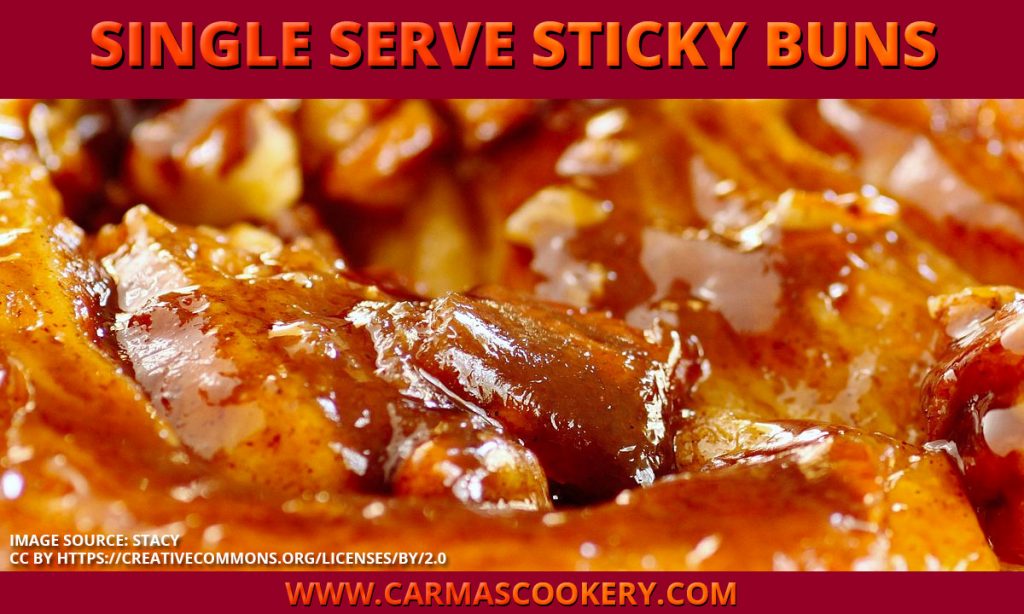May is National Salad Month … and what does every good salad need? Salad dressing! And, have you thought about making your own homemade salad dressing? Read on, it is easier than you think!
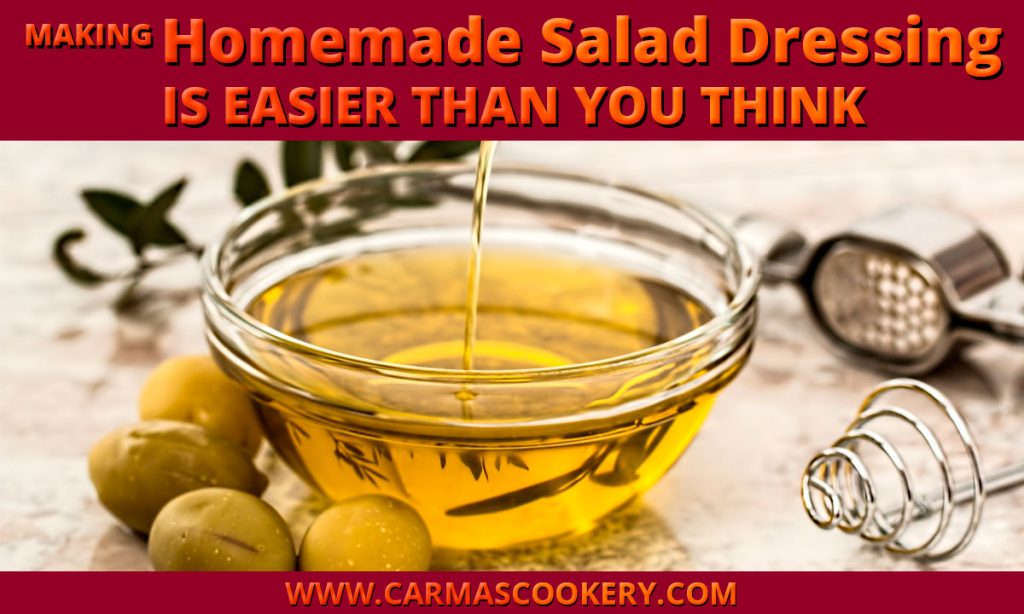
 Go into any grocery store (at least once the COVID-19 pandemic is over) and you’ll usually find an aisle that almost dedicated to salad dressings. You’ll even find some in the refrigerated area of the produce section of the story. However, look at the ingredients of these convenient, pre-made dressings, and you’ll more than likely find within the top five ingredients some form of sugar.
Go into any grocery store (at least once the COVID-19 pandemic is over) and you’ll usually find an aisle that almost dedicated to salad dressings. You’ll even find some in the refrigerated area of the produce section of the story. However, look at the ingredients of these convenient, pre-made dressings, and you’ll more than likely find within the top five ingredients some form of sugar.
Fresh salads and healthy lifestyles go hand in hand, right? After all, what could be better for you than a big plate full of leafy greens, fresh vegetables, fiber-rich legumes, and lean proteins? Unfortunately, you could end up negating these delicious and healthy choices if you aren’t careful about the type of salad dressing you use — as my little walk down the ingredient list just proved.
Taking a quick look at the list of ingredients on your favorite bottle of store-bought dressing can be a real eye-opener. In fact, in addition to sugar, you may be surprised to find a host of other ingredients you weren’t expecting, including high-fructose corn syrup and other sweeteners (alternative forms of sugar), trans fats, MSG, and an assortment of artificial colors and preservatives to make it all seem more fresh and natural.
Fortunately, making your own homemade salad dressing is faster and easier than you might think. Plus, you get to control how much you make at one time, so you don’t have to worry about throwing out your hard-earned money if you don’t use it all in time.
When it comes to homemade salad dressing, vinaigrettes are a fast, easy and delicious option. One general rule of thumb to keep in mind when creating your own vinaigrettes is to use 1 part vinegar (or another acidic ingredient, such as lemon juice) to 3 parts oil. In other words, if you use 1/4 cup vinegar, you’ll want to use 3/4 cup of oil. If you like a little more kick to your dressing, experiment with a 2:1 ratio instead.
When choosing these key ingredients, don’t be afraid to get creative. Think beyond plain white, red or cider vinegar and give rice vinegar, aged or white balsamic, red or white wine, or fruit-infused varieties a try, as well. Citrus juices, such as lemon, lime, oranges, and grapefruit, also work particularly well.
When it comes to choosing your oil, it’s hard to beat a high-quality extra virgin olive oil. However, you may also want to consider other healthy alternatives, such as a more delicate grape seed oil. Olive oils infused with garlic, rosemary or other herbs are also great choices. You can even experiment with sesame seed or avocado oil.
A third ingredient you may want to add to your vinaigrette is Dijon mustard. Dijon is a popular choice because it tastes great and helps bind all the other ingredients together.
Beyond these three ingredients, there are countless ways you can customize your vinaigrette recipes to complement your salad ingredients. For example, you can add minced garlic, onion, shallots, fresh or dried herbs, honey, or a variety of fruit juices or zests.
Here is a basic recipe to get you started:
Homemade Salad Dressing Ingredients
- 3/4 cup olive oil
- 1/4 cup balsamic vinegar
- 2 tablespoons Dijon mustard
- 2 teaspoons honey
- 1-2 cloves finely minced garlic
- salt and pepper, to taste
Homemade Salad Dressing Directions
- Combine all ingredients in a glass bowl or container with a tight-fitting lid.
- Mix or shake vigorously to combine thoroughly.
Starting with this basic recipe, I bet you can come up with dozens of yummy options to suit whatever salads are on your menu. Enjoy!
More Salad Resources
Lookup any recipe for a salad, and you’ll often find a recipe for a salad dressing to go with it. Guess what? You don’t have to use that dressing recipe only for that salad recipe! For example, the dressing recipe include with the Broccoli Slaw Salad on this blog can easily be used on other salads. So start experimenting and discover your favorite dressings that you can make at home.
[divider]
[one_third]  [/one_third]
[/one_third]
[two_third_last]
Take Charge of Your Health!
Changing your eating habits can be tough. But it doesn’t have to be if you take a little time to think it out and create a plan.
This Healthy Eating Worksheet will walk you through the process of creating a healthy eating plan. All you need to do is print it out, set aside some time to complete it, and then fill it out. Then you can create your plan, knowing that you have addressed potential obstacles and came up with some creative ways to handle them.





 [/one_fifth]
[/one_fifth] [/one_fifth]
[/one_fifth]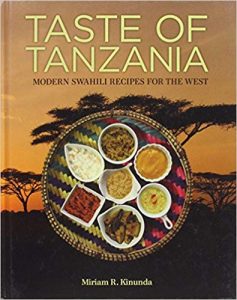

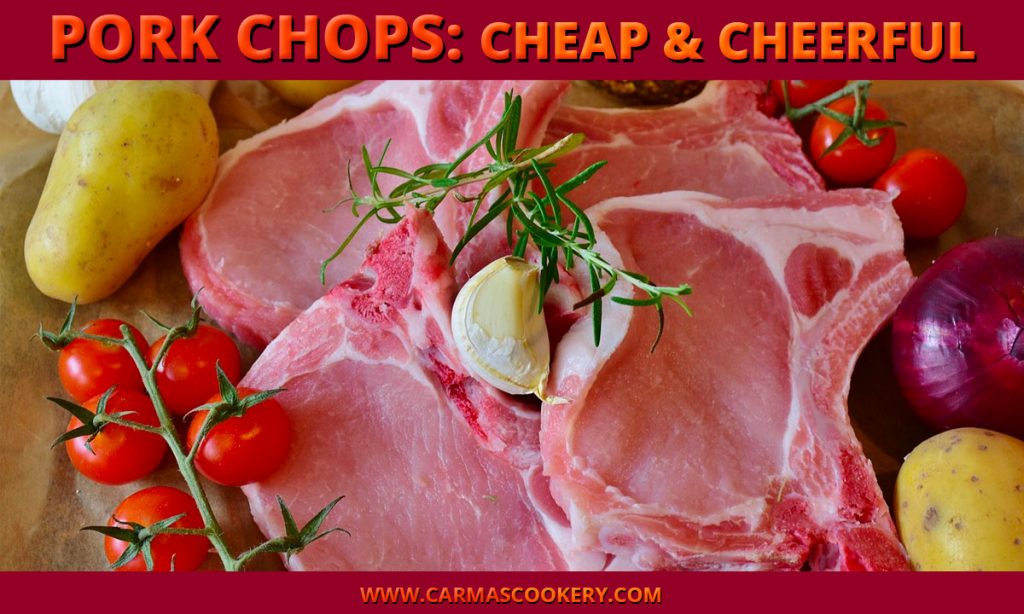
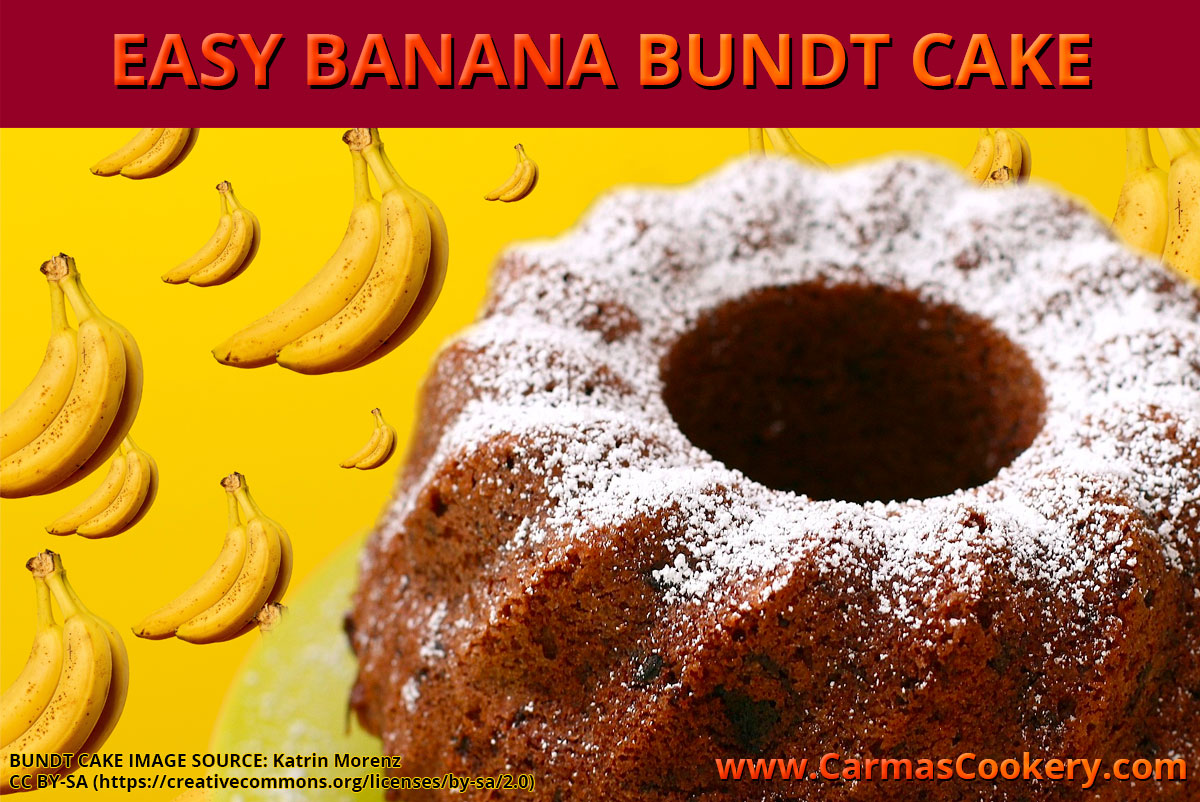

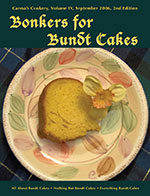 [/one_third]
[/one_third]
